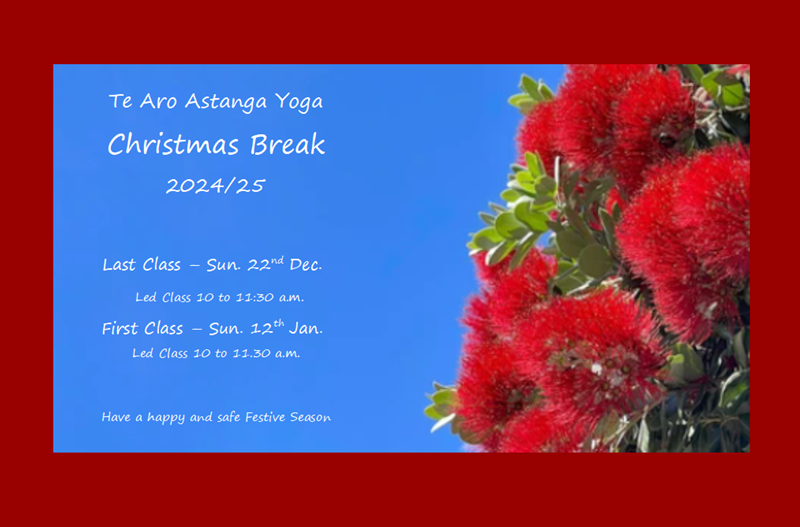I first started teaching yoga in 1994 as an assistant to Peter Sanson in his “Mysore Style” classes. Back then, no one else was teaching in this method, so the only example we had to follow was Guruji himself. Peter had already travelled to Mysore several times and so had a very clear idea of how “Mysore Style” should be. He taught me to teach in a slow, posture by posture, non-verbal way. In fact, he would growl me if I spoke at all to any of the practitioners. Partly this was because he knew there should only be one voice in the room, but he also understood the value of non-verbal instruction.
So what do I mean by “non-verbal” and why do I believe that this is the best way to teach yoga? We all know that Patanjali wrote “yogaś citta-vṛtti-nirodhaḥ”, Yoga is the stilling of the changing states of the mind. This is not only the goal of the practitioner but also needs to inform how we teach. As soon as we speak to someone we engage the intellect, ours and theirs. In other words we create vṛttis, distractions instead of dispelling them. Yes, some words can be “aklista”or non-harmful to the practice, but those words must be used sparingly and very carefully chosen. Words have a ripple effect like a pebble dropped in a pond and it is very difficult to anticipate what effect they might be having on the far side of the pond or what impact the pebble will have when it hits the bottom.
Verbal instruction brings the student out of their body and into their mind. They are learning to look for the answer outside of themselves, outside of their bodies. At Te Aro Astanga Yoga we want to empower students to very carefully observe their bodies and look for the answers there. The objective is to practice fully absorbed in the feel of the body, stilling the intellect.
So where do hands on adjustments fit in this picture? I would like to relate here one of my direct experiences of the value of the hands on approach. When I first started practicing I could not straighten my arms with my fingers linked behind my back, let alone bring them off my back. I was lucky enough to be adjusted in this every day by either Peter or Victoria at home and Guruji or Sharath when in Mysore. Gradually my shoulders opened and now, with a gentle adjustment they go to the floor with my hands turned outwards. With that opening of the shoulders has also come an opening in the solar plexus and an ability to breathe more comfortably and steadily. This never would have happened without adjustments. I have many more examples of how adjustments have been effective in allowing my body to soften and to open which means I have no doubt of the value of hands on adjustments.
As a teacher I see every person who comes through the door as an opportunity for me to learn. The most effective way for me to learn about where a person’s body is at is a combination of careful observation and placing my hands on them. The best way for me to support a person through what can be a very challenging physical practice is with careful hands on adjustments.
The most important ingredient in this is “trust”. In “Mysore style” classes I get physically very close to people. There is a sharing of energy that can be quite intimate. Without mutual trust in this situation neither myself nor the person I am adjusting can relax. An adjustment is about supporting the person to find the space in their body to soften into the asana, never about forcing a body to go where it is not ready to go.
I say to every new person who comes to Te Aro Astanga Yoga when I first adjust them that they need to tell me if I am hurting them or if they are uncomfortable with what I am doing. Unless there is consent I cannot build the trust there needs to be. The conversation around consent is one that is always open. I tell people that if they do not feel like being adjusted on any given day or for any particular asana, then they must tell me because I am happy not to touch them. I have people who come regularly to practice at Te Aro Astanga Yoga who, for a variety of reasons don’t want to be touched or don’t want specific adjustments and I totally respect that. I can always find other ways to help them with their yoga.
My experience is that once people come to a “Mysore Style” class and understand that they are not going to be continually interrupted, but instead will be encouraged to observe their body as they gently explore the practice at their own pace and to their own level then they are empowered to discover for themselves what “Yoga” really is. They learn the truth of Guruji’s words, “Practice, practice, practice, and all is coming.”

arohanui, beautifully expressed and thank for keeping the conversation open. ❤️ e